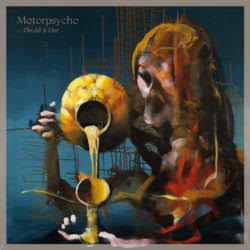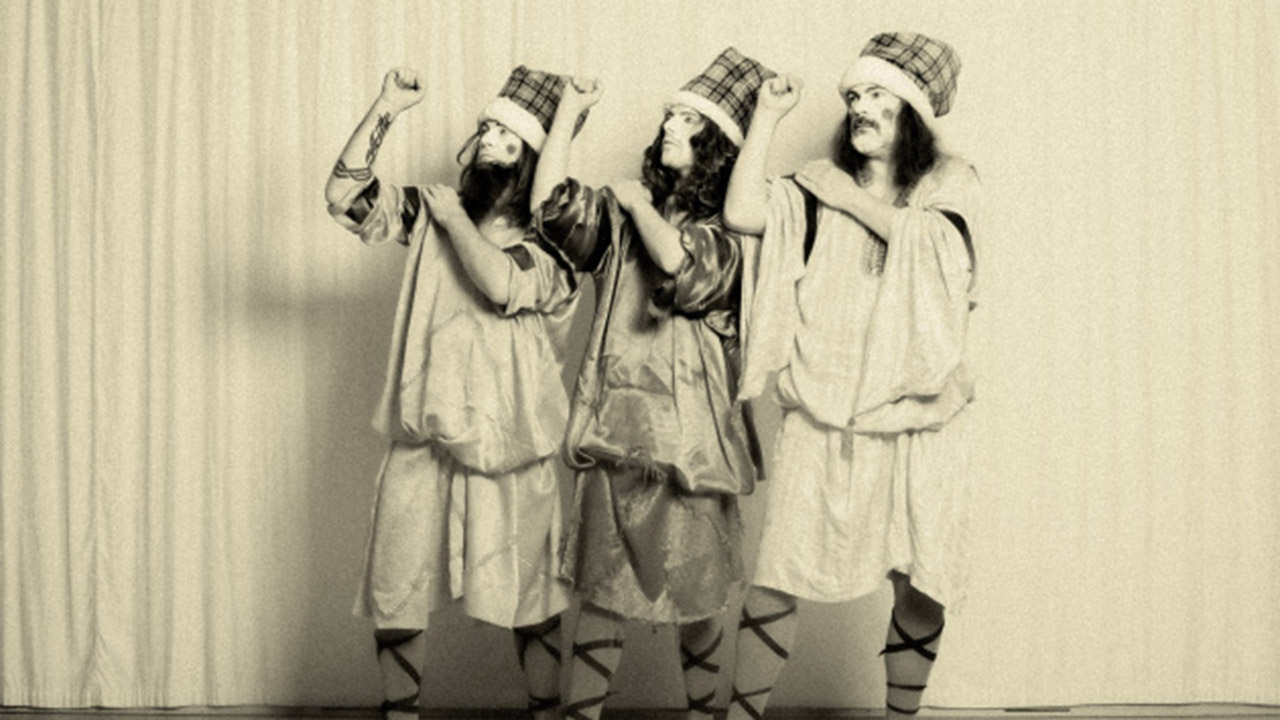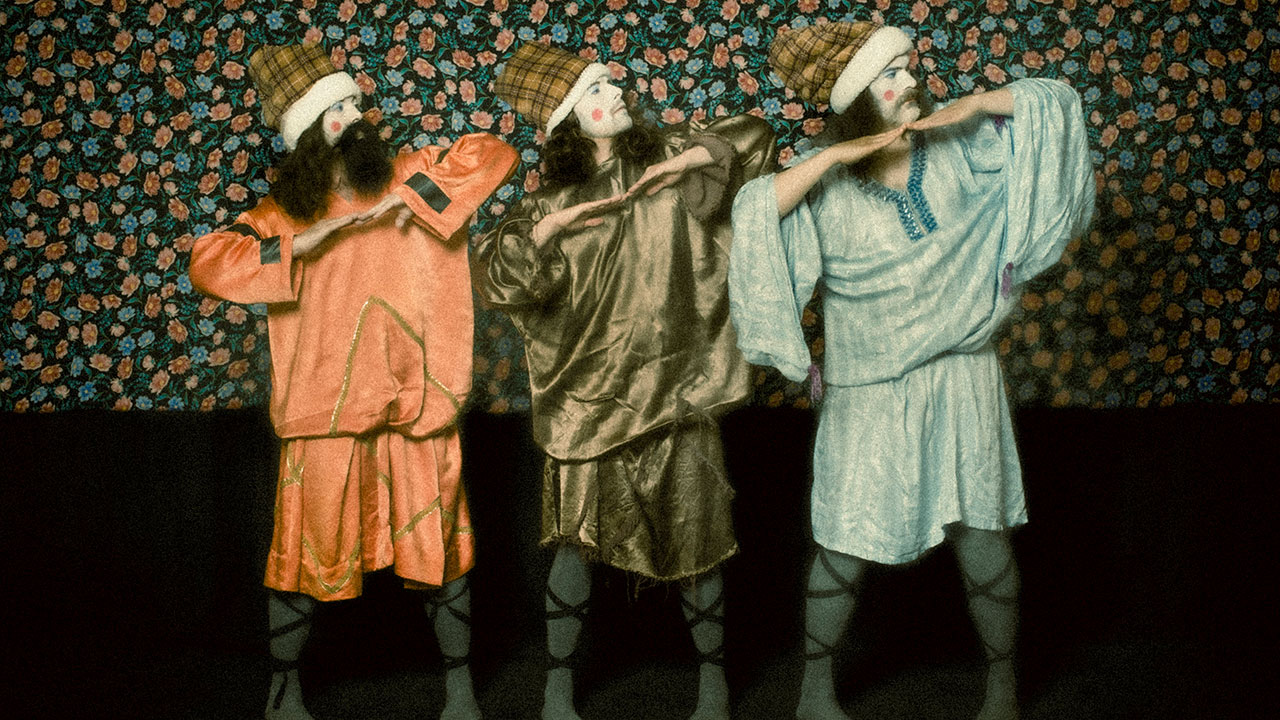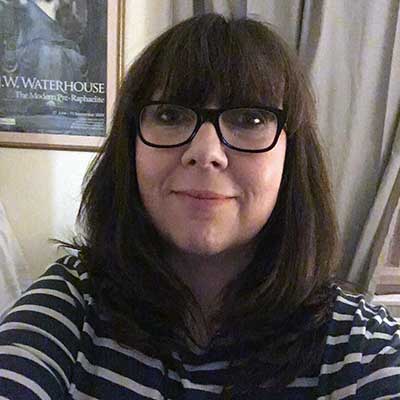In 2019, Trondheim’s hairiest experimental rockers Motorpsycho were on a roll. That February they released the second part of a trilogy, The Crucible, a three-tracker that followed 2017’s The Tower. They’d recorded three new records, worked on various production projects, set up tour dates. But, come spring this year, everything changed.
“We had big plans that went on hold,” says bassist-vocalist Bent Sæther, on the phone to Prog during a heatwave in Trondheim. “No touring. No income. The same for us as everyone else.”
Sæther is remarkably relaxed about the scenario; he and the band have had half a year to get used to it. And for most of the summer of 2020, Motorpsycho were to undertake an unlikely engagement: touring as a backing band for national folk-blues hero Ole Paus.
“A few years ago I’d been asked if I’d like to produce Ole’s next album,” he says. “He’s
a Norwegian music legend – like Dylan mixed with Bert Jansch – so I said yes, and I wanted to use the band. We had to push him to get us enough stuff to work with. We finally went into the studio in June.”
Making his name in the 60s, Paus is known for his left-leaning lyrics and use of traditional visebølgen ballad style. Dubbed ‘the voice of the nation’, his 1994 song Mitt Lille Land (My Little Country) gained resonance after the Norway attacks of 2011 and was termed ‘the new national anthem’. His stance chimed with Sæther and co. “It was an honour to be associated with him,” he says. “We’re pretty much his children, attitude-wise. He was happy to share the co-write with everybody, and if you listen you can hear our arrangements. It’s pretty rocking, some of it.”
The album Så Nær, Så Nær came out in January and remained at No.1 in Norway for three weeks. “We played with him in February at the National Opera House,” says Sæther. “We hadn’t worked out our own stuff yet, then the plague hit…”

Eight months previously, the band had been finishing Paus’ record. That September and November they travelled to Black Box Studios near the Loire Valley to complete The All Is One. Run by producer-engineer Peter Deimel (Elder, dEUS, Anna Calvi) Black Box’s space was crucial because “it was [founded] in the early 90s as the first guitar-rock oriented studio in France,” says Sæther. “Creatively, we haven’t used it up. There are still knobs left for us to twiddle!”
Similar to Monnow Valley Studios in Wales – where the band recorded The Crucible and were excited to tread in the footsteps of heroes Black Sabbath (Sæther reveals his glee at spotting a door handle that Ozzy Osbourne touched, now attached to the second-floor lav) – the immersive experience of a residential studio in a beautiful location drew out some of the most deeply progressive work that Motorpsycho have committed to tape/wax/digital streams thus far. And if you’ve been listening to the band over their 30-year career, that’s saying something as the (generally) bass-guitar-drums trio – currently completed by co-founder and guitar-vocalist-keys player Hans Magnus ‘Snah’ Ryan, new drummer Tomas Järmyr and regular guest guitarist Reine Fiske – have stretched out to orchestral styles, choral works, concept albums and punk rock ferocity at various points. The All Is One is a double album of high-level musicality blended with riffs for the rockers, swing tones for the jazzers and electronica for the avant-classicalists. There are long tracks – N.O.X. is a 42-minute multipartite monster – and there are tiddlers. And thematically it’s underpinned by the same idea behind The Tower and The Crucible – modern politics. This is Motorpsycho revisiting their youth.
“In the early 90s we came out of the European hardcore scene,” says Sæther. “Fugazi were the gods. You were supposed to be a bit political so Demon Box and stuff like that had some political content. We didn’t feel like there was room for it as the 90s grew.
“After the American presidential election [in 2016], it really hit home how fragile this world is,” he continues. “Two of us have now turned 50. We’re grown up, we have children, we care a bit more than we used to about the world. So this is our third album about this.”

The Tower was named after The Tower on a tarot deck, and the sense of civilisation crumbling. The Crucible considered a resetting of society after the First World War. The All Is One talks about problematic world leaders but looks to a kind of alchemy to shape our future; this is suggested by the sleeve art supplied by feted Trondheim painter Håkon Gullvåg. Sæther had been given a book of Gullvåg’s work, and, impressed by his modern Bosch-Bacon surrealist-fantasy mix, had thought, “Jesus, dare I ask this guy if we can use his work?” Once approached, Gullvåg was flattered, and so existing paintings were used for the last two releases The Tower and The Crucible, with a new commission – replete with symbolic fantasy creatures – for The All Is One.
On the title track Sæther sings about the POTUS, fake news, ‘the one per cent’.
“It’s about Trump but it’s also about Erdogan [Turkey], the guy in Brazil [Bolsonaro], ‘strong men’, there’s just so many of them,” he says. “It doesn’t sit well with me, or us. I find this kind of political system scary. It’s got quite mouthy. The title track felt pertinent to sing, and it felt right.”
Another track, Delusion (The Reign Of Humbug), delves deeper into the troubled
US psyche.
“That’s from a fantastic book called Fantasyland by Kurt Andersen,” says Sæther. “It’s a 500-year history of American society and how it went haywire. This book postulates America’s always been about fake news. If you look at the pilgrims, they went there because they were dead certain of their faith and what the new world would be like. So the country was started by people’s delusions.”
Then there’s the aforementioned N.O.X., which started as a commission for Trondheim’s yearly, themed, St Olav Festival: 2019’s theme was Gullvåg. “They asked us if we’d be interested in making some kind of musical statement, play a gig that celebrated him and his art,” says Sæther. “So we said yeah, sure. But we really want to write some new music, and this was the result.”
Using trusted collaborators Ola Kvernberg from Steamdome (viola, violin, keys) and Jaga Jazzist/Amgala Temple’s Lars Horntveth (keys, lap steel), N.O.X. took song scraps from five years ago, fused with newly created elements of bubbling Jean-Michel Jarre-like electronica, minimalism and jazz. By the end, it’s Motorpsycho do Magma.
“I’ll admit that,” laughs Sæther. “The sound of Magma is so ingrained in us, we’re fitting into that whether we want to or not! It’s this magical thing that they did… we thought we’d like to borrow some of that.”
It’s truly transportive, but it takes some skill to play.
“What you’re hearing is an emotional reaction, it’s not us being smart, or being good at something,” says Sæther. “It’s us being excited about what we’re doing because we’re discovering it. It’s a magic spot where we want to be all the time.”
When Prog talked to you about The Tower, you thought that was a little too unwieldy. But you keep doing these double albums – why?
“I don’t know,” he chuckles. “It’s that excitement we were talking about. It’s a form that you don’t really feel you can control, there’s something more than just the record or the song that feels more important. I had a big Gustav Mahler kick this week and that stuff goes on forever.
“But the main thing about Motorspycho creating,” says Sæther, “is recognising the giggle. When we do something fun or new you tend to giggle. I mean, writing one song that’s 42 minutes long, come on! It’s so moronically huge that it’s begging to be trashed but it’s also what makes it great, the audacity of it. You know you’ll take people out of their comfort zones and make them listen – the giggle is the spark.”
This article originally appeared in issue 114 of Prog Magazine.

